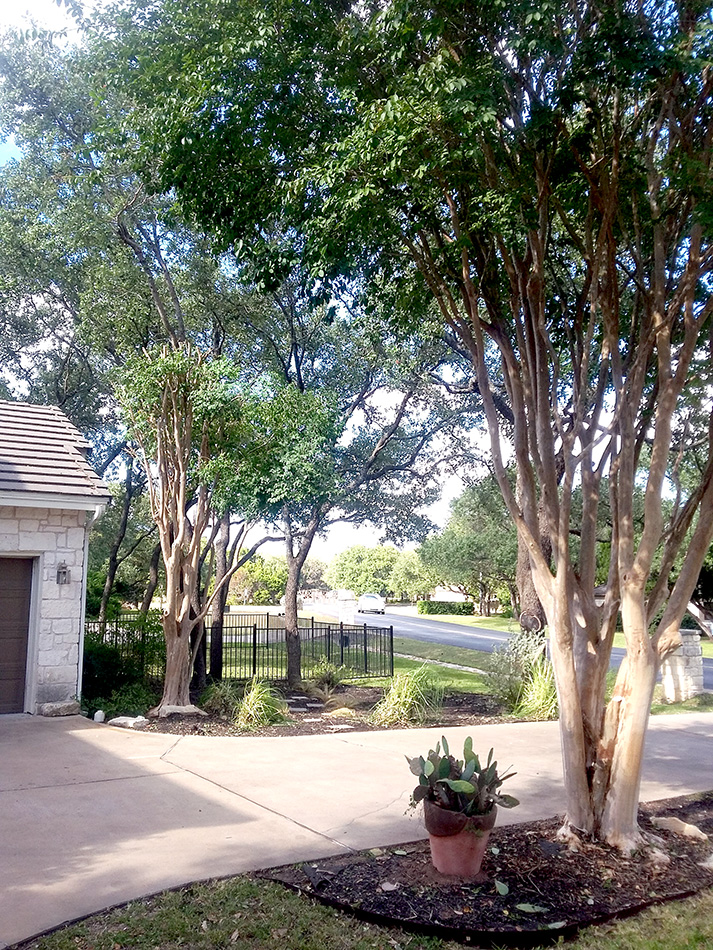You do your best to manage and maintain your trees, but some species, like ash juniper, can do more harm than good. Also known as the mountain cedar, this tree is widespread across Central Texas but can be a threat to your land as well as people with allergies.
Not All Types of Cedar Trees Are Created Equal
While most types of cedar trees bring beauty and greenery to a landscape, ash juniper tends to just bring a lot of problems. Interestingly, this variety of cedar doesn’t grow naturally in the Central Texas area. They were imported many decades ago from their native Northeastern Mexico land and quickly spread. You’ll find it them thriving in everything from sand to rocky soil, easily filling a yard or pasture with no special attention needed.
Leave these trees on your property, and their pollen will stick around through winter when other trees have halted production. Even worse, ash juniper shades the ground creating a lack of sunlight that can kill your lawn and stifle other types of growth.
Call in an Expert Tree Service
Each year, farmers and ranchers spend weeks burning pastures to kill cedar seeds and trim out larger trees. If you live in an area prone to wildfires, every ash juniper that grows on your land is a hazard. The tight-grained wood looks and smells wonderful, but that scent is highly flammable resin. Keeping them within 100 feet of your house can cause great damage when sparks and flames spread.
Don’t take on the challenge of removing these types of cedars yourself. Instead, invest in an expert tree service to remove them. If cut down incorrectly, even the smallest saplings can damage your property.

